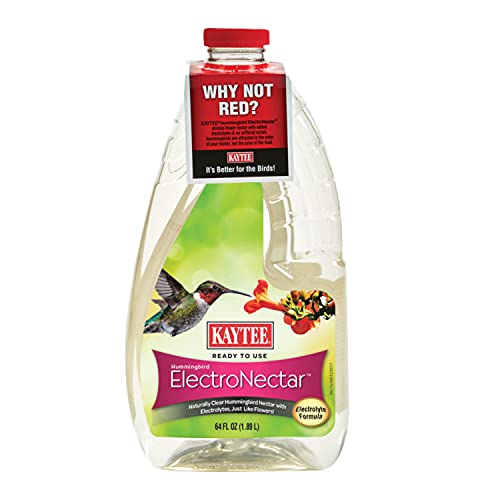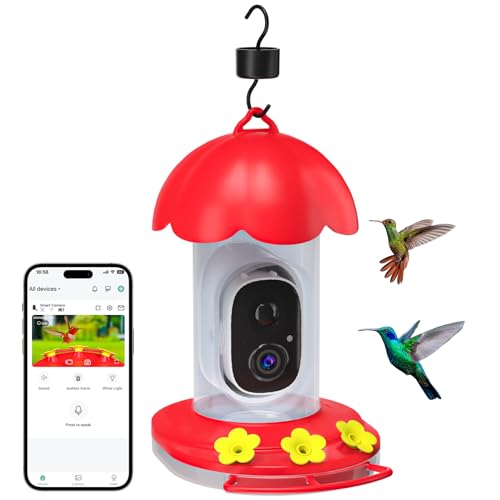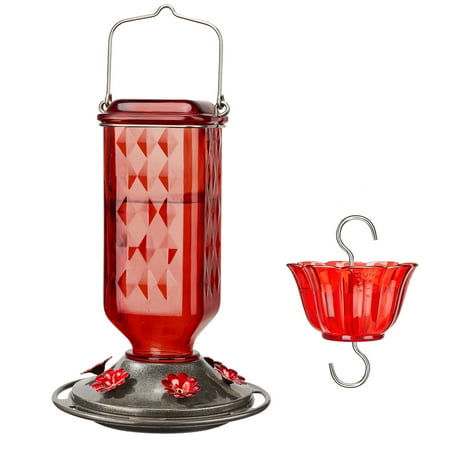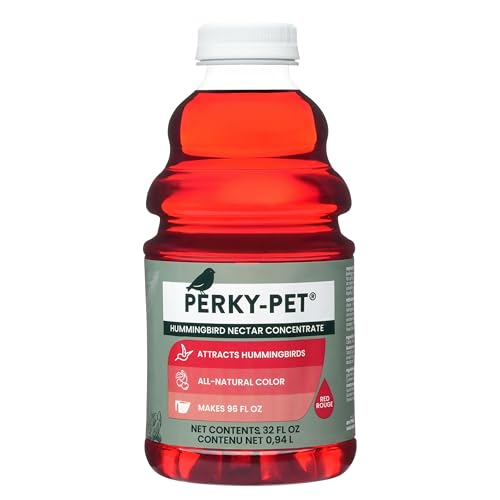Stop deadheading these 5 perennials now – they’re essential for migrating hummingbirds during summer and fall
From bee balm to salvias, these hardworking plants are vital nectar sources for hummingbirds on the move
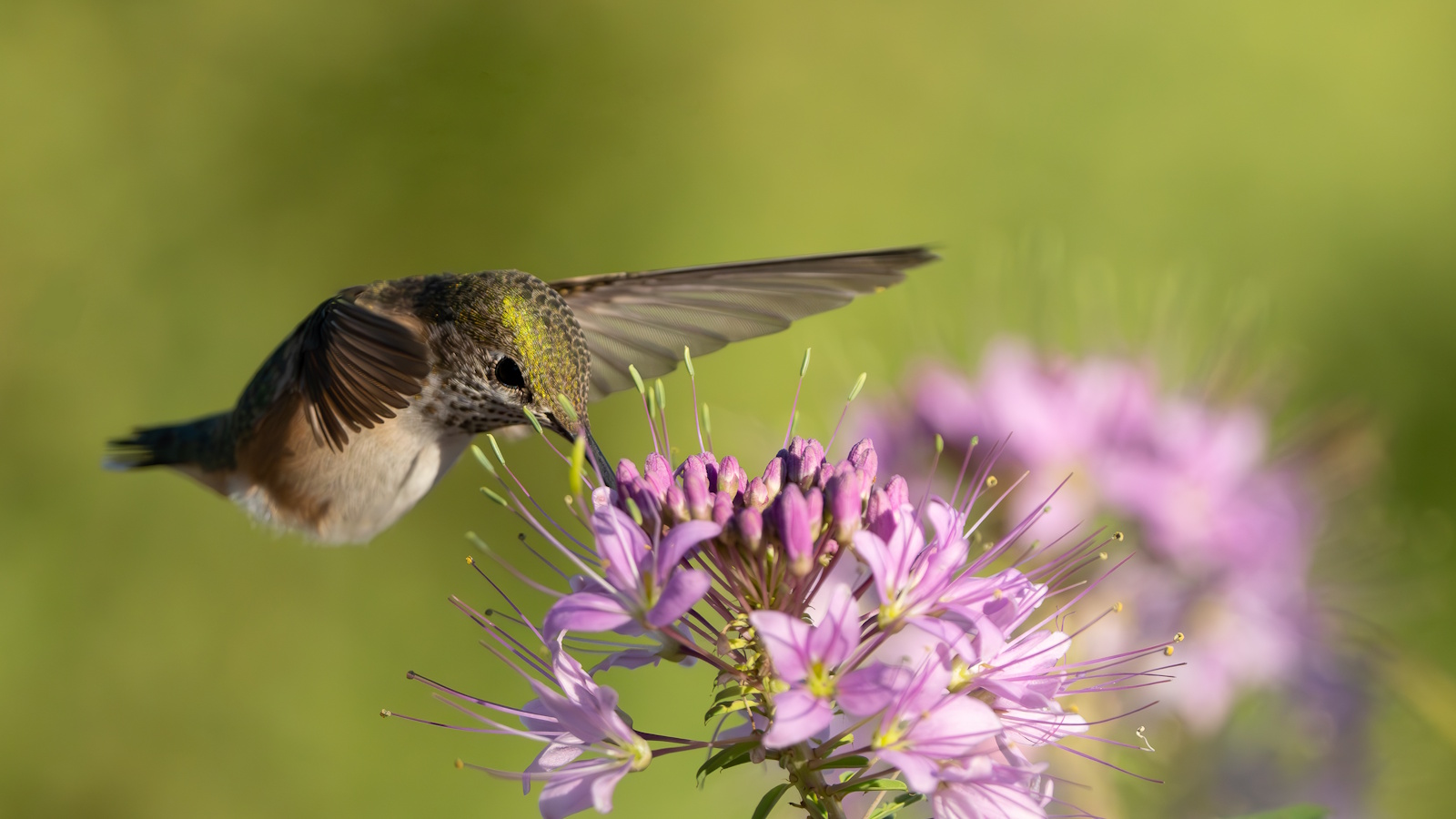

By mid to late summer, when hummingbirds begin their long migration south, many perennials are starting to look, let’s be honest, a bit sad, maybe even a little worse for wear. You’ll spot brown petals clinging to lower stems and the odd faded bloom hanging on. If you are anything like me, the temptation to reach for the snips will be great. But this is the moment to pause and consider which plants are still serving a purpose.
Importantly, most of these plants won’t bounce back with a full second flush, or if they do, it might just be a few stems. Take salvias, for instance. A mature clump might throw up fifty stems in summer, each packed with hundreds of nectar-rich tubular flowers. Even when they brown, they are still serving a purpose for wildlife. Cut them all back late in the season, and you’ll be lucky to get a handful of new stems in August and September, when it most needed for travelling hummingbirds.
That’s why, in July and August, I tend to leave certain perennials well alone, particularly those still offering vital nectar to wildlife. And, if you want to support the hummingbird migration, I urge you to stop before you snip. Here’s what I’ve learned about what not to deadhead after years of hands-on gardening.
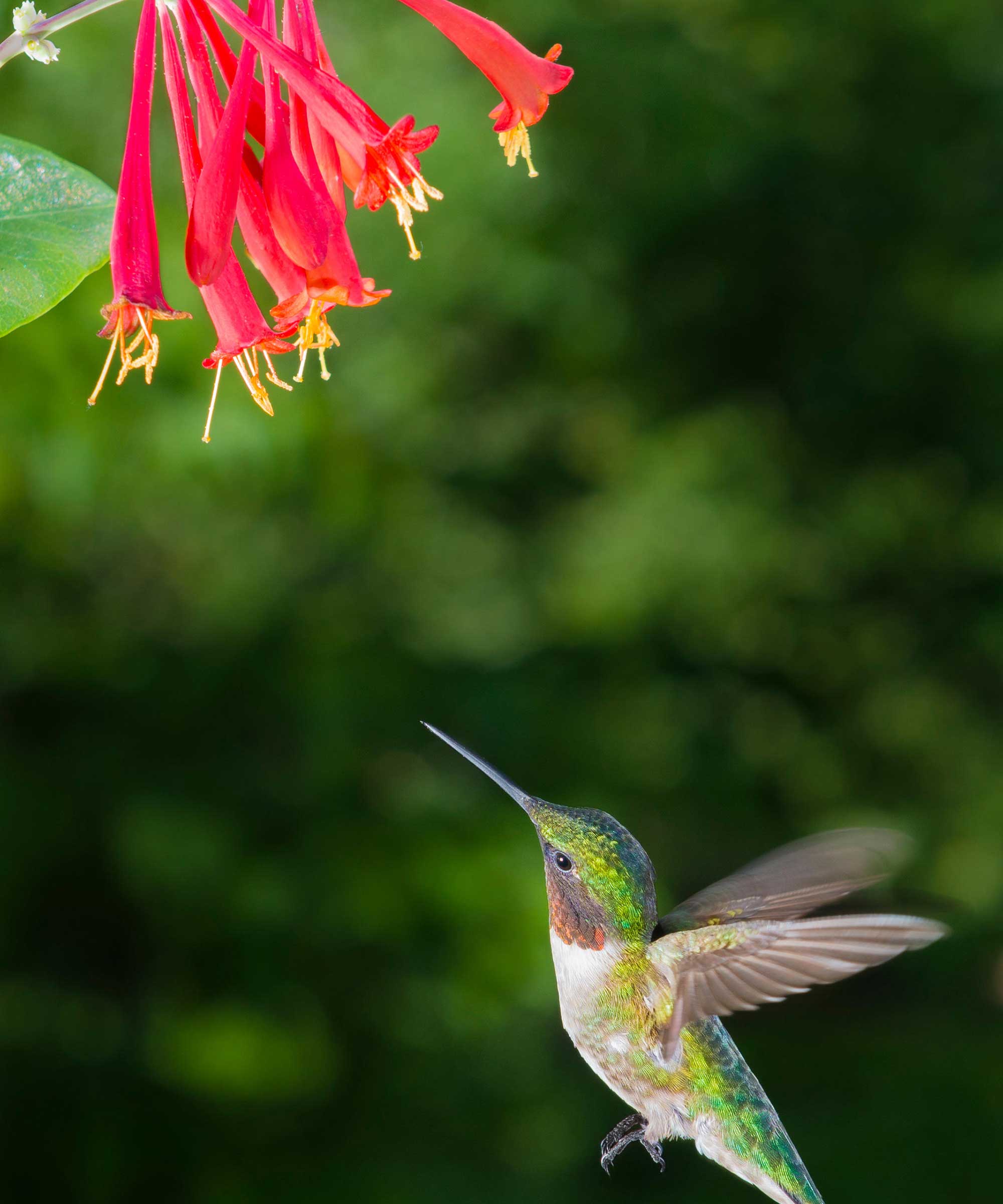
5 perennials to never deadhead for hummingbirds
Many hummingbirds begin their migration south during late summer. Take the ruby-throated hummingbird, for example, which can depart from Michigan, Wisconsin and Illinois (zone 3 to zone 7) anytime from late July and early August.
For this reason, many late-blooming flowers to attract hummingbirds are considered plants you should not deadhead when the migration gets underway. Even brown and faded blooms can still contain plenty of sweet nectar, vital to help hummingbirds as they make their epic journey south.
1. Cardinal flower
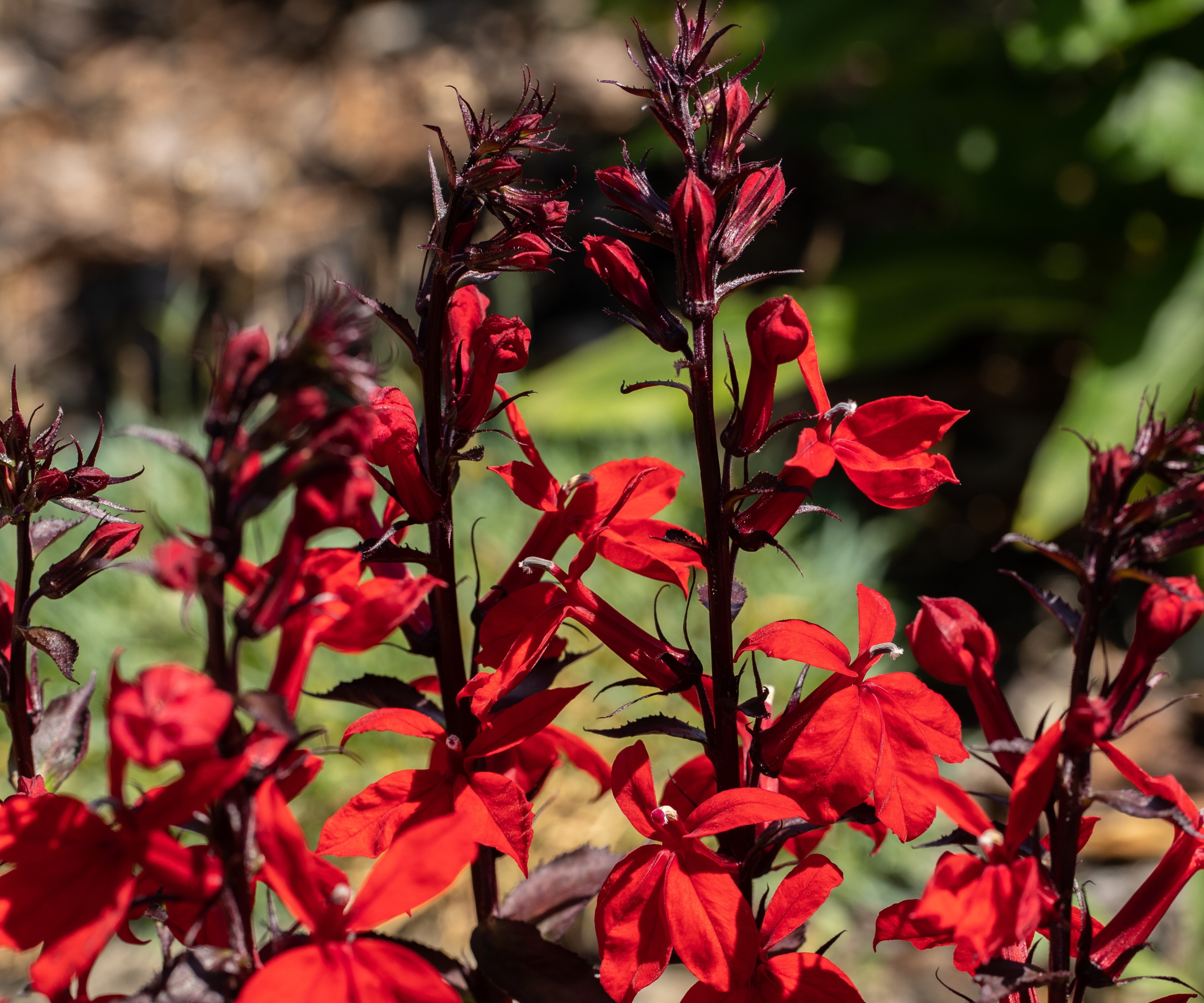
The cardinal flower, or Lobelia cardinalis, is a scarlet-colored North American native wildflower that is an annual hit with pollinators. Believe me, butterflies and hummingbirds will flock to this perennial, ignoring feeders if this species is in range.
If you’ve ever grown cardinal flowers, you’ll know just how fiercely hummingbirds adore them, and it is often considered one of the best perennials to attract hummingbirds.
Design expertise in your inbox – from inspiring decorating ideas and beautiful celebrity homes to practical gardening advice and shopping round-ups.
It usually throws up vivid scarlet flower spikes from July through September, and there is no need for any deadheading. Once it’s blooming, leave it be. Unlike some perennials, I have found that cardinal flowers don't have a reliable rebloom late in the year, and every stem you cut is one less food source during migration.
If you want to add it to your borders, live cardinal flower plants are available from Amazon now.
Just be sure to plant them on a mild day (avoiding times when the temperature is high) and be sure to complete some deep watering to help your new plant settle in. While it won't flower this summer or fall, next spring it will jump into life like the others in your yard.
2. Bee balm
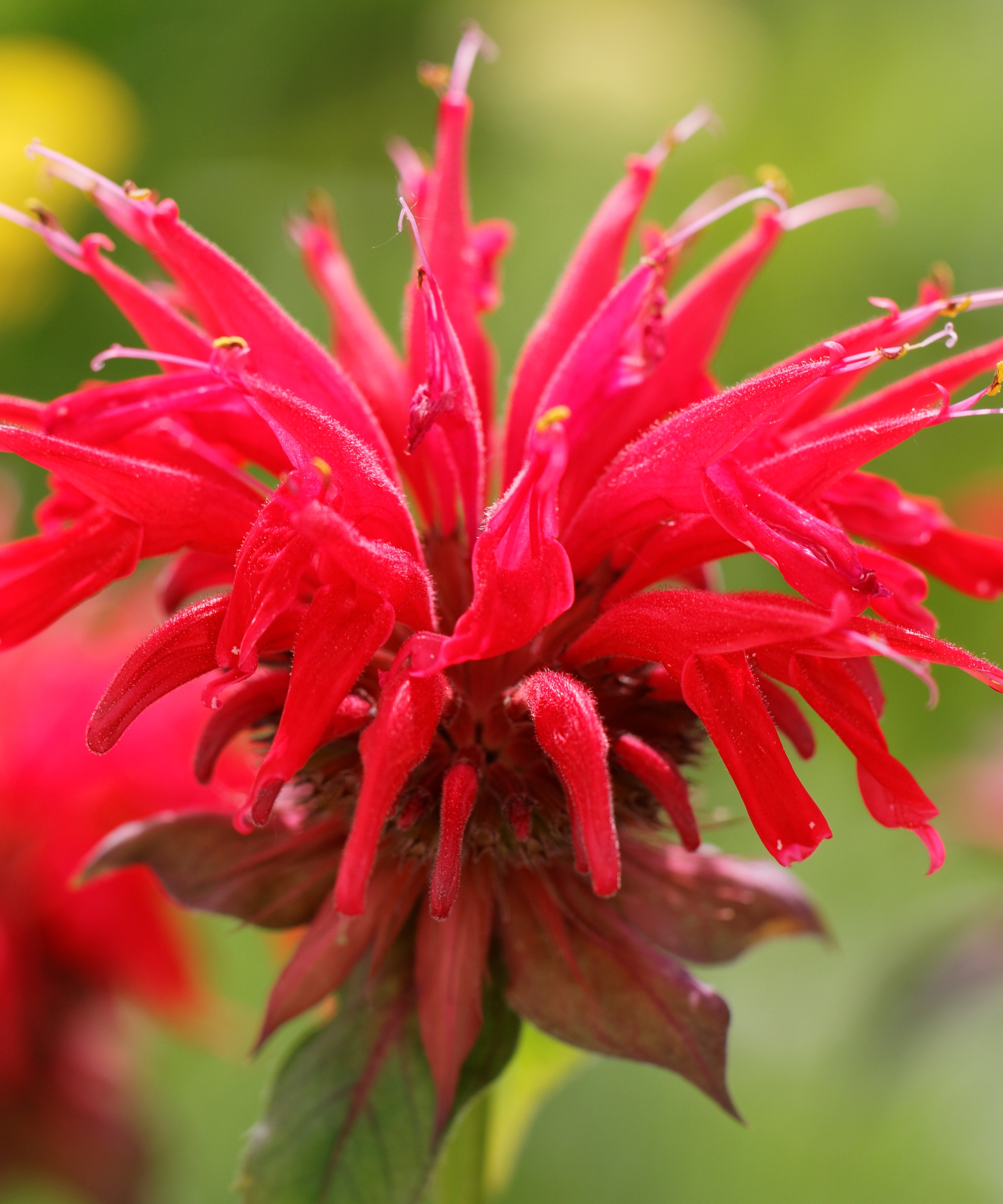
Deadheading bee balm, or Monarda, is a good idea earlier in the growing season, but by the time August hits, I would stop, and leave the flower stalks in situ.
As you can see from the image above, bee balm typically produces masses of red, pink or purple flowers, and if you are looking to attract hummingbirds, you won't find a better perennial.
The tubular bee balm flowers are popular with hummingbirds (and a whole host of other pollinators, too), prized for their high nectar content. And, just remember, that even if the flower petals have turned brown, nectar will still be found inside each bloom.
If you fancy adding a new Monarda variety to your borders or pots, try this 'Leading Lady Plum' variety, with live plants available from Burpee. Hardy down to zone 4, this lilac perennial will keep any visiting birds and butterflies happy during summer and fall.
3. Penstemon
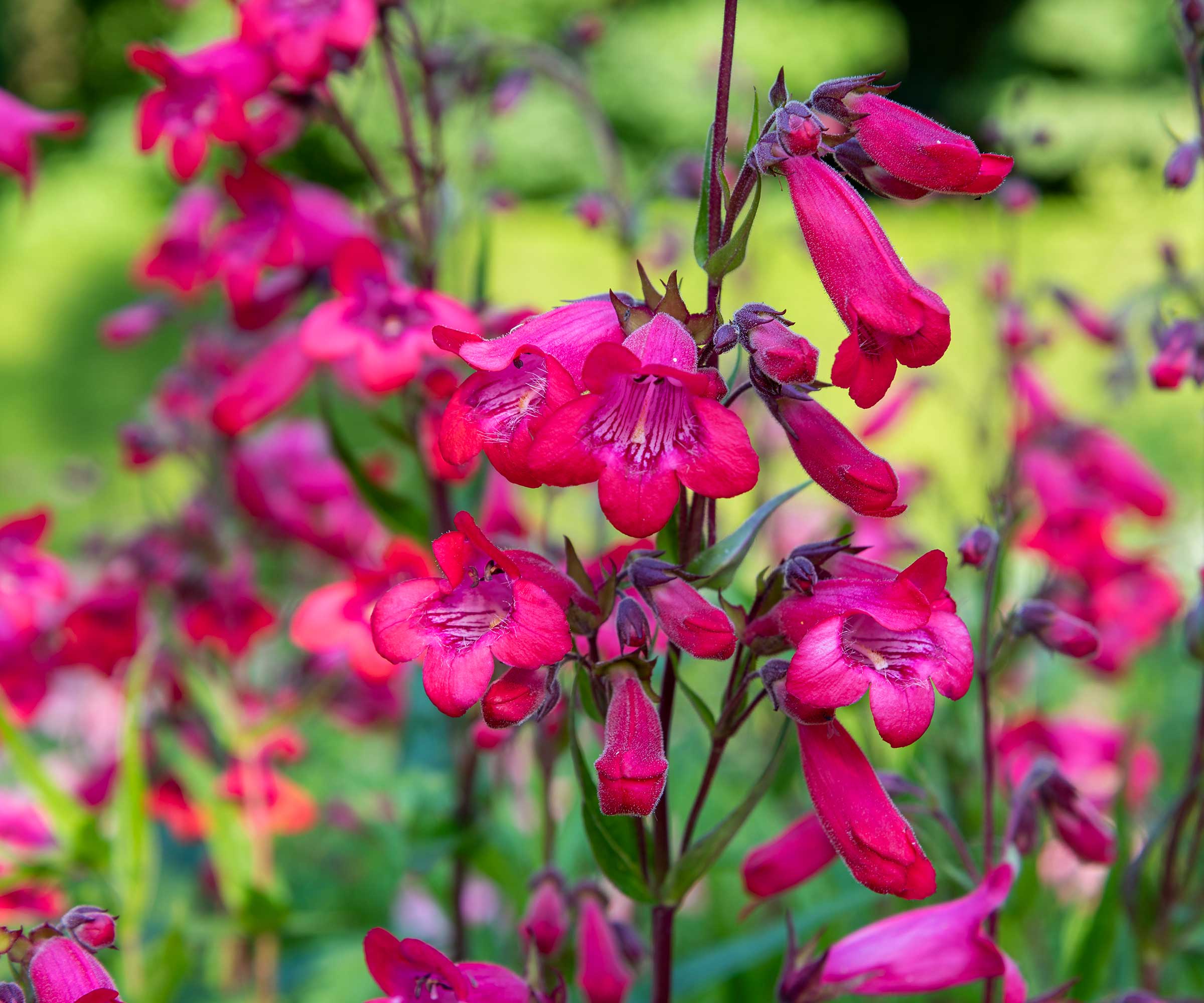
I have long loved penstemons. One of my new favorites is ‘Sour Grapes’, a name that always makes me smile. Despite what you might think based on this name, it's a lovely variety, with tiny flowers in shades of mauve.
Whatever penstemons you grow, you will probably have noticed that these perennials are popular with pollinators.
Butterflies, hummingbirds and other long-tongued pollinators (including the hummingbird hawk-moth) will likely be seen paying a visit to any growing in your yard.
Learning how to deadhead penstemon is simple enough, and cutting the stalks down to the base in early summer can help to encourage a second flush.
However, from August, I would stop deadheading penstemons, even if the stalks are browning. Hummingbirds will keep coming for those last sips of nectar as they fuel up for their migration.
It can help to feed perennials with something like this organic bloom booster feed by Espoma, available now via Amazon, which might encourage one or two extra flower stems before fall.
4. Salvia
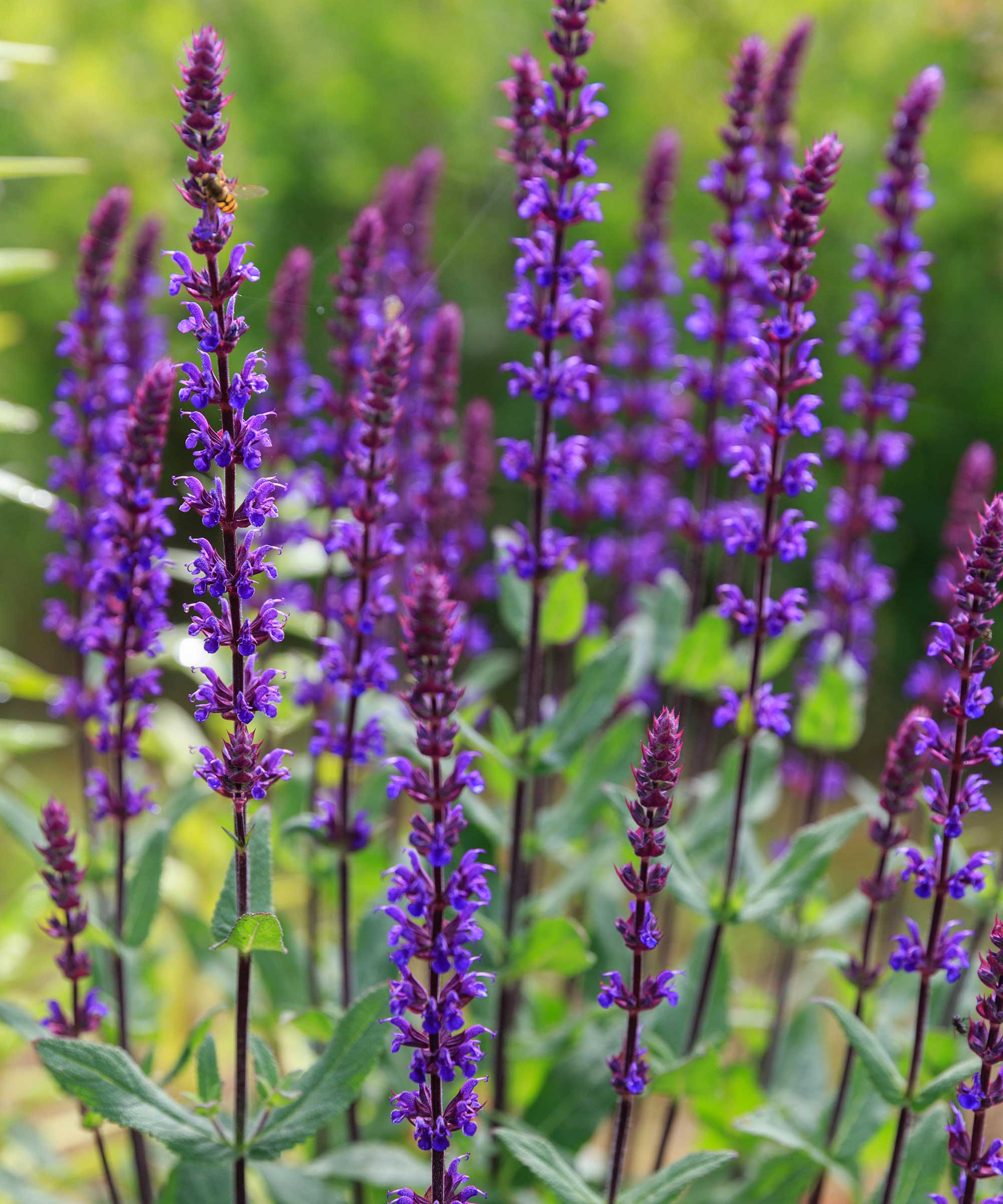
I have a long history of growing salvias during my time as a professional gardener. From ‘Amistad’, with its rich, velvety purple flowers, to bog sage (Salvia uliginosa) with its sky-blue spires. In my opinion, this long-lasting perennial is hard to beat.
Whether you grow salvia in pots or borders, these are stalwarts of any wildlife garden, especially in late summer. As members of the mint family, or Lamiaceae, they typically produce tubular, nectar-rich flowers that will be utterly irresistible to hummingbirds during summer.
While deadheading salvias is a good idea in May, June and July, from August, I would put the pruners down, and leave your plants alone.
Deadheading from this point onwards might give you a sprig or two of new growth, but it’ll come at the cost of what’s already there.
Even faded blooms are still full of nectar, and seeing brown petals is a price worth paying, in my opinion, if it means supporting hungry birds and pollinators.
If you want to add another salvia to your collection this summer, try Salvia nemorosa 'May Night', with live plants available now via Amazon.
Hardy down to zone 4, plant this easy-to-grow perennial in a sunny spot, and you'll enjoy masses of deep purple flowers that hummingbirds will love.
5. Hummingbird mint
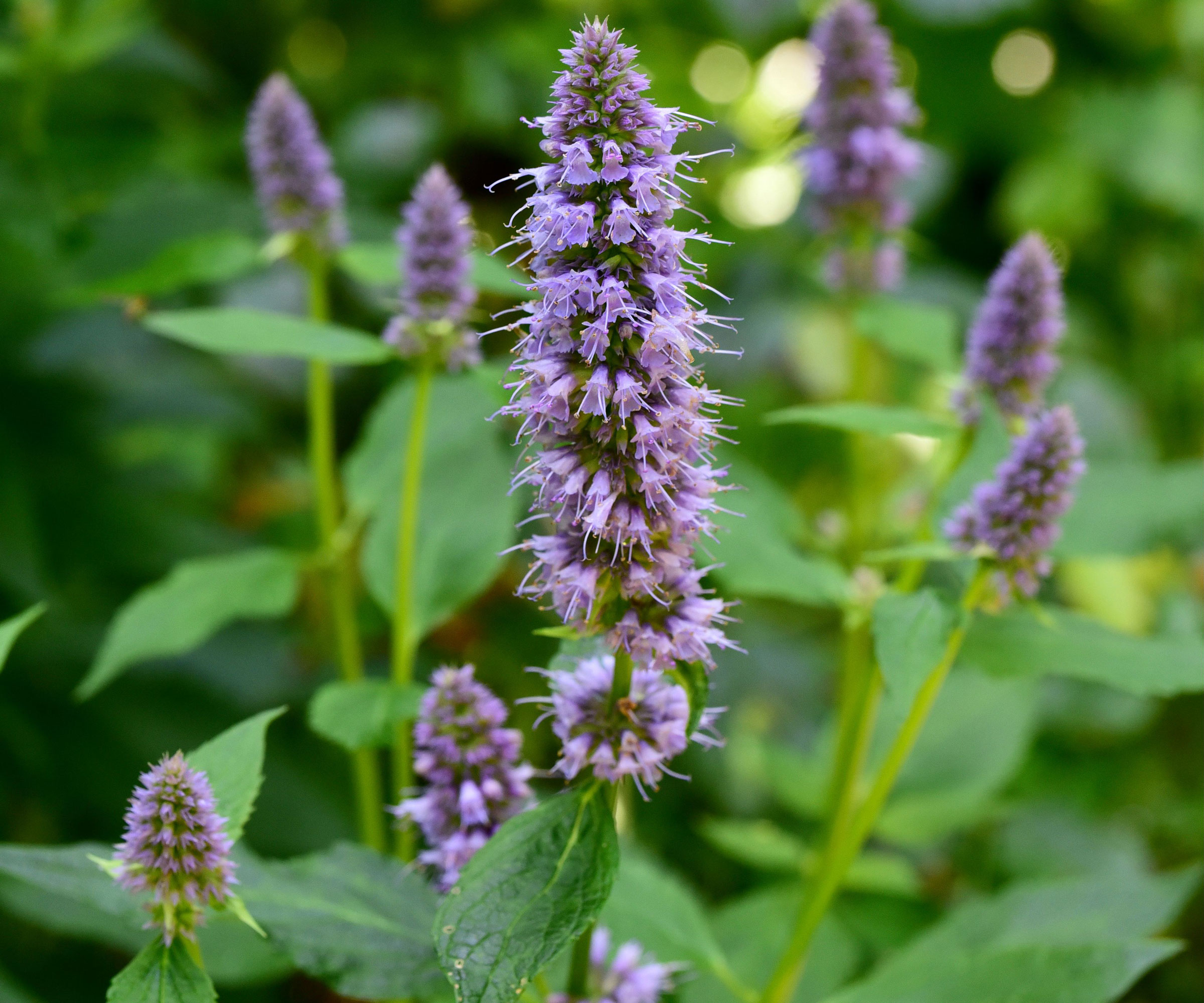
Hummingbird mint, or Agastache, easily makes this list of perennials to never deadhead for hummingbirds during their migration.
My dad has been enjoying the flowers of hummingbird mint for many weeks now, and once in full swing, this North American perennial can produce lilac spires that smell heavenly (like aniseed) right through until fall. Importantly, hummingbirds are constant visitors to this plant, as you might have guessed by the name.
And, while it might be tempting to deadhead now in hopes of another flush, I’ve found that by late summer, what you see is often what you get.
You might coax out a few more stems, but you’ll also risk losing the ones still blooming or browning, that can still support a whole host of pollinators. My advice? Leave stems alone in August and September.
If you want to add a new variety to your plot, try Agastache 'Royal Raspberry', with live plants available from Burpee. I love the lilac flowers, and this variety should last until October.
FAQs
Should I deadhead coral honeysuckle, or is it helpful for migrating hummingbirds?
No, in my experience, you don't need to deadhead coral honeysuckle. Once this vine starts blooming in mid to late summer, leave it well enough alone. It should keep producing clusters of red-orange blooms steadily through the season, and remember, even brown flowers hold nectar that hummingbirds will love. Plus, the seedheads that develop in September and October will provide food for other birds into fall.
If you have hummingbird feeders in your yard, be sure to keep them clean during the growing season, using something like this hummingbird cleaner, available from Amazon, which will help to keep pests and problems at bay.
Regularly cleaning, disinfecting and topping up feeders is always recommended. For more information, see our guide on how to remove black mold on hummingbird feeders.
Shop gardening accessories

Thomas is a Content Editor within the Gardens Team at Homes and Gardens. He has worked as a professional gardener for both public spaces and private estates, specializing in productive gardening, growing food and flowers. Trained in Horticulture at the Garden Museum, he has written on gardening and garden history for various publications, including The English Garden, Gardens Illustrated, Hortus, The London Gardener and Bloom. He has co-authored a Lonely Planet travel book, The Tree Atlas, due out in 2024.
You must confirm your public display name before commenting
Please logout and then login again, you will then be prompted to enter your display name.

